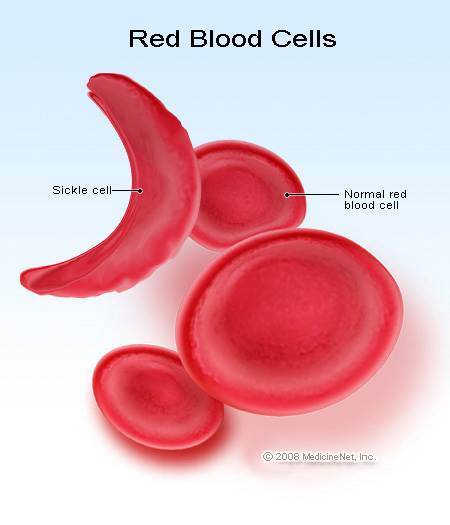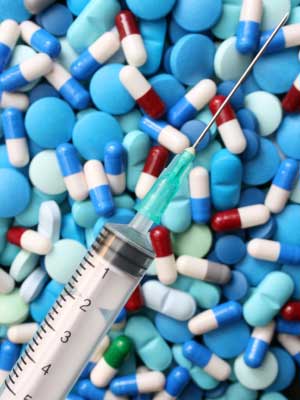What is Sickle Cell Anemia? Sickle cell anemia is an inherited form of anemia — a condition in which there aren't enough healthy red blood cells to carry adequate oxygen throughout your body. Normally, your red blood cells are flexible and round, moving easily through your blood vessels. In sickle cell anemia, the red blood cells become rigid and sticky and are shaped like sickles or crescent moons. These irregularly shaped cells can get stuck in small blood vessels, which can slow or block blood flow and oxygen to parts of the body. |  |
 | Symptoms: Signs and symptoms of sickle cell anemia usually show up after an infant is 4 months old and may include:
|
Risk Factors : The risk of inheriting sickle cell anemia comes down to genetics. For a baby to be born with sickle cell anemia, both parents must carry a sickle cell gene. The gene is more common in families that come from Africa, India, the Mediterranean, Saudi Arabia, and South and Central America. In the United States, it most commonly affects blacks and Hispanics. |  |
 (Citation 202)  | Treatments and Drugs Medications Medications used to treat sickle cell anemia include:
|